
(Maxim Blinkov / Shutterstock.com)
When most think of meditation, they might think of a person sitting still, crossed legged or laying down. But people practice all kinds of meditation, from walking mindfully and coloring to silent 10-day retreats. Whichever type of mind-body therapy you prefer, a regular dose of meditation improves emotional well-being and your overall health. When you want to wipe away stress from the day and feel at ease, try these nine meditation techniques for all ages and levels.
1. Gardening
Gardening as a form of meditation connects you with nature. Incorporate meditation into your practice through mindfulness. As you toil the soil, touch the plants, and water the earth, observe the sensations. What sensations do you feel on your skin? What sounds and smells do you notice? As you nurture the plants and watch them grow, notice how you respond spiritually.
“The glory of gardening: hands in the dirt, head in the sun, heart with nature. To nurture a garden is to feed not just on the body, but the soul.” - Poet Alfred Austin
This combination of physical activity, meditation, and exposure to nature has all sorts of benefits for your physical and mental health, including reduced anxiety, longer lifespan, and pain relief, according to Clinical Medicine.
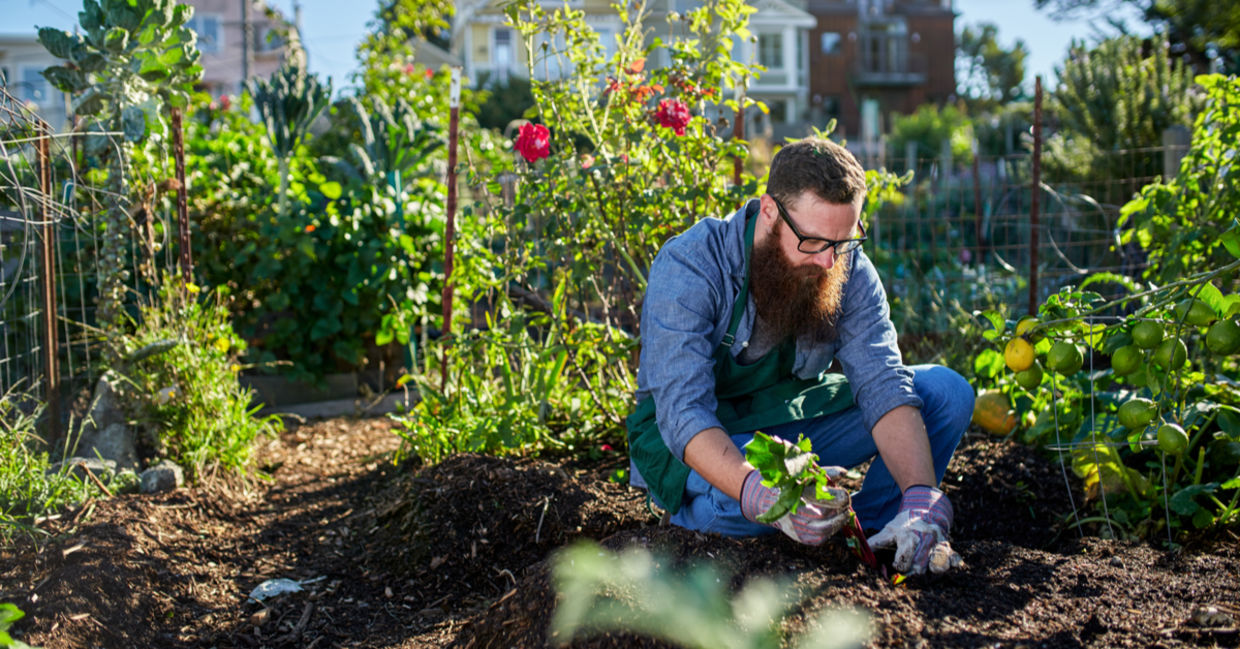
(Joshua Resnick / Shutterstock.com)
2. Walking Meditation
When you have trouble sitting still, walking meditation provides a great way to relax while connecting to your breath and body. To practice, breathe in deeply as you slowly take a step forward. Bring awareness to the breath as you take the next step. Continue to focus on your breath as you walk forward and breathe slowly. When your mind wanders, simply bring your thoughts back to each step and breath.

(Monkey Business Images / Shutterstock.com)
3. Tai Chi
For thousands of years, the Chinese have practiced this ancient form of martial arts that incorporates slow movements with meditation. To this day, you can still see groups of people moving simultaneously in a slow, dance-like motion throughout public parks in China. The low impact form of martial arts involves balancing the internal lifeforce, known as “qi”, through focused movement.
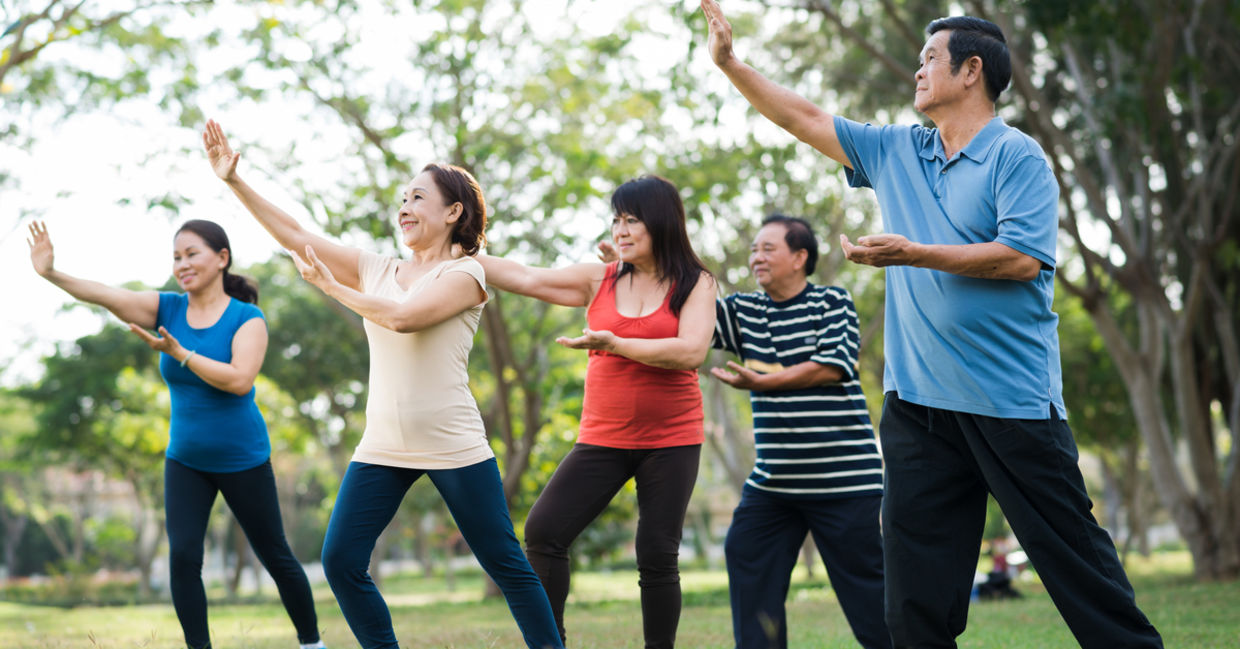
(Dragon Images / Shutterstock.com)
4. Mandala Meditation
Mandalas are spiritual designs made of geometric patterns that represent the cosmos. Their patterns contain powerful healing energy, according to Buddhist and Hindu traditions. If you visit monasteries of Tibet and other parts of East Asia, you may find monks creating intricate mandalas made of colored sand. For your own practice, download mandala designs and color them at home. Breathe and bring awareness as you color to feel at ease.
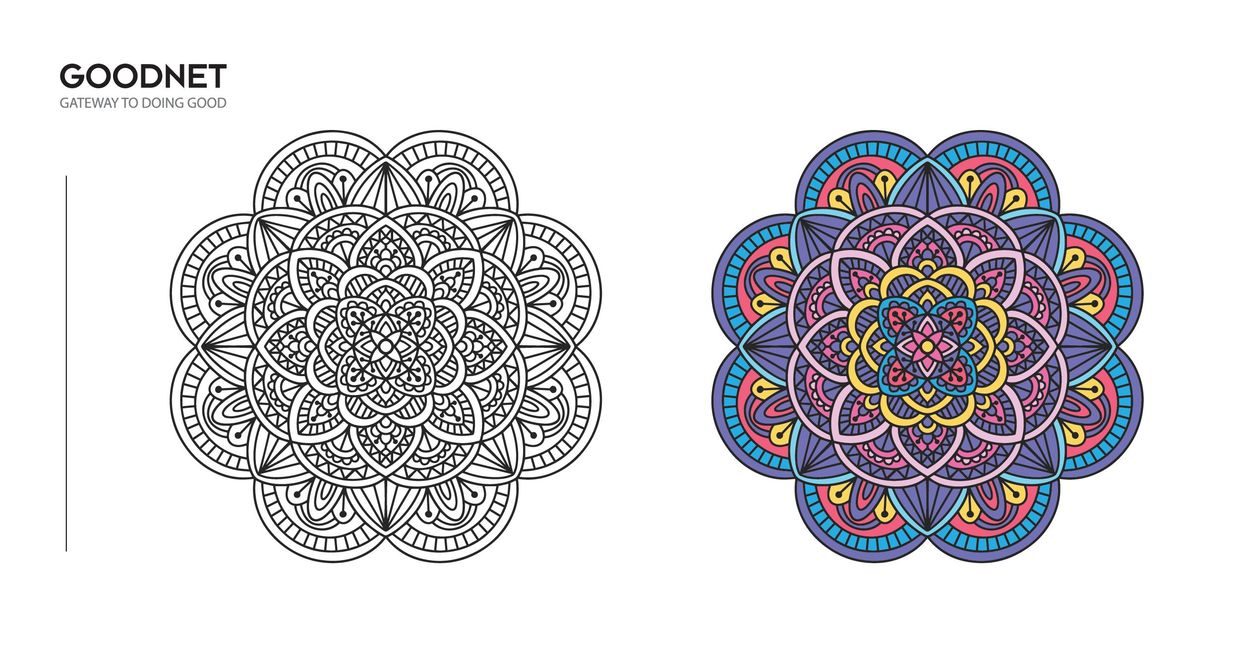
(Goodnet)
5. Yoga
Yoga has become one of the most popular forms of active meditation, with nearly 300 million people practicing worldwide, according to Yoga Times.The ancient practice involves bringing awareness to the breath and body while holding different asanas (postures). If you’re new to the practice, try these yoga poses for beginners and experience the calming benefits of this meditation.

(Pixel-Shot / Shutterstock.com)
6. Yoga Nidra
Yoga nidra, or yogic sleep, is a powerful meditation practice from the yogic traditions of India. During meditation, you relax consciously and access the state between waking and dreaming. To practice, lay down in savasana (corpse pose) on your back with legs straight and arms by your sides. You can play a guided meditation, such as a yoga nidra body scan, to ease yourself into a dream-like state, ideal before bedtime.
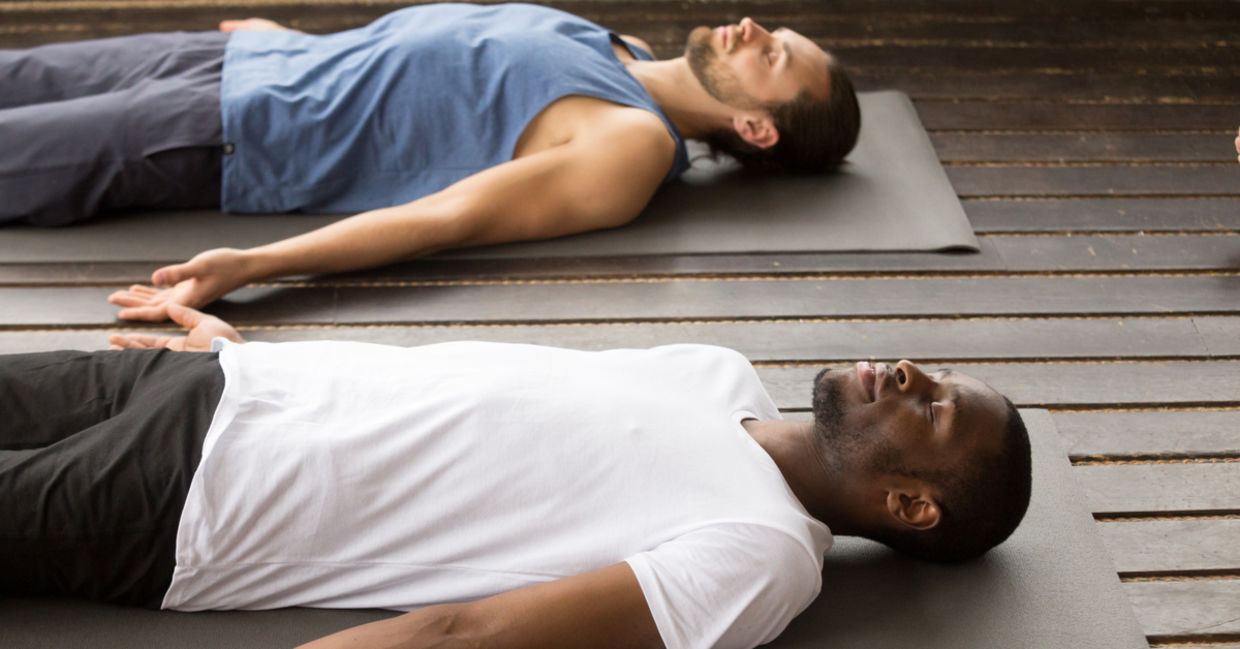
(fizkes / Shutterstock.com)
7. Vipassana
According to Buddhist traditions, life is no more than a chain of mental and physical causes and effects. Vipassana, or insight meditation, trains the mind to detach from these mental events and physical sensations. Many learn vipassana on retreats, which often involve 10 days of silence combined with long meditation sessions. You may sit still for extended periods while focusing on non-reaction to sensations in the body without any movement. Through practice, you develop a deep control of the mind.
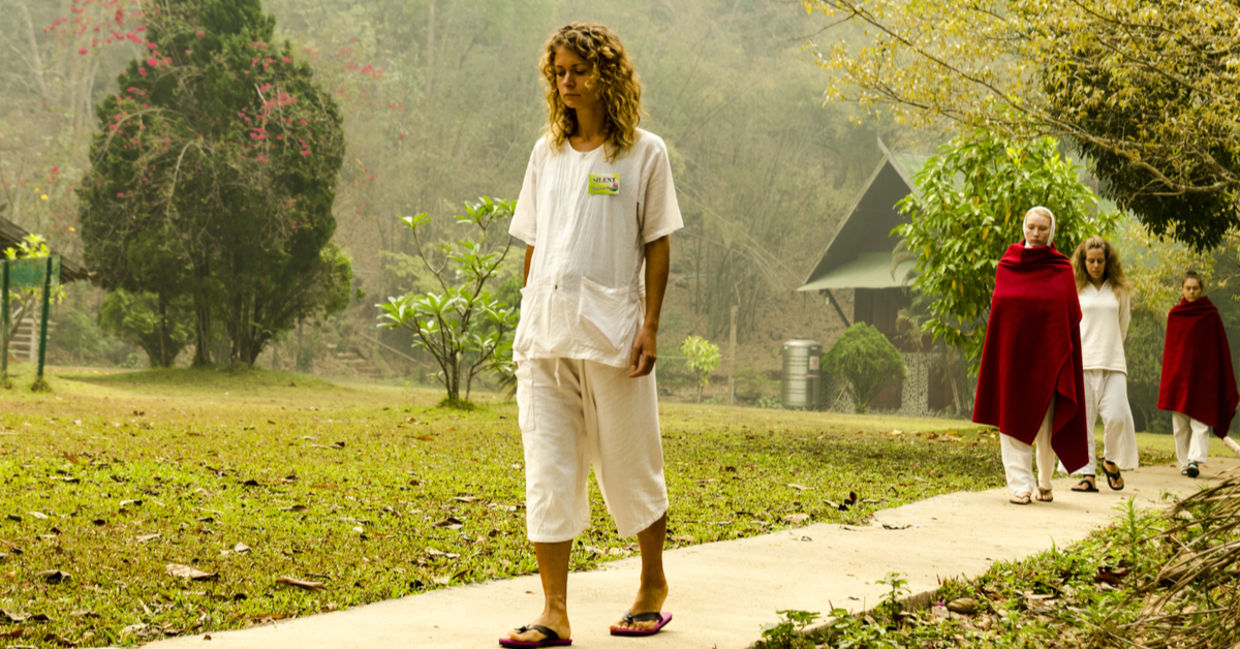
(Igor Chus / Shutterstock.com)
8. Transcendental Meditation
The transcendental meditation movement started relatively recently in the 1950s. Maharishi Mahesh Yogi developed the practice, which uses the silent repetition of mantras, a combination of sounds or words believed to have psychological and spiritual powers. The mind-body therapy induces relaxed awareness. By transcending ordinary thinking, you experience a state of stillness and rest.

(bondburn / Shutterstock.com)
9. Loving kindness meditation
lso called Metta meditation, loving kindness comes from the Buddhist traditions and involves sending love, kindness, and good will to yourself and all beings. You can practice loving kindness by sitting crossed legged and closing the eyes. Imagine the face of someone you love dearly. Then send them warmth and love. Continue by imagining someone you don’t get along with so well. Send them good will. Next, send love to the entire world and all of its living creatures. Guided meditations, like the free version found on the Sam Harris Waking Up Podcast, can help practice metta meditation, to develop a deeper sense of compassion and love for all beings.

(fizkes / Shutterstock.com)







